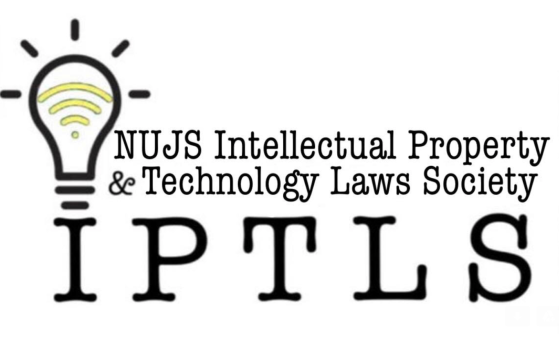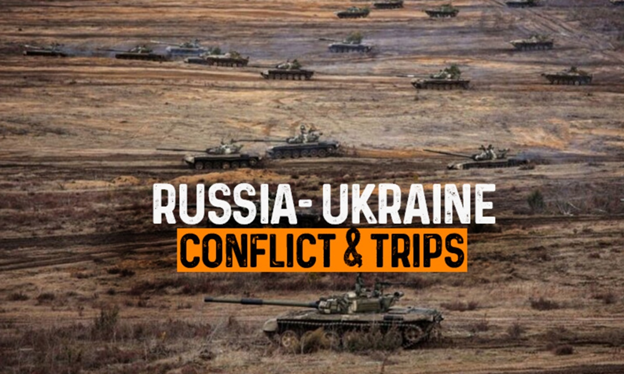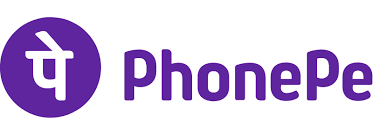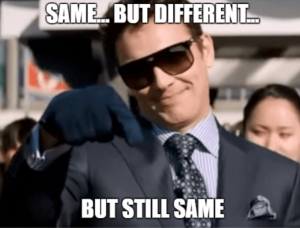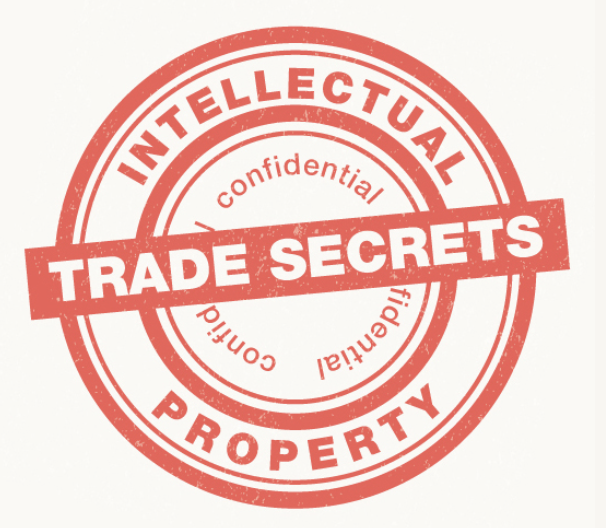In this blogpost, Sarvagya Chitranshi, 3rd Year student at Gujarat National Law University, discusses the recent Delhi HC ruling where a prima facie case of trademark infringement was made against ‘myshoeshop.in.’ An order of ad-interim injunction was hence passed and in furtherance of the same, the website was blocked. The blog stresses upon the criminal nature of the said act and argues for such acts to be included in Indian IP jurisprudence.
The ‘fear of missing out’ on adorning apparel from popular brands has led to the creation of a market of ‘first copy’ products. ‘First copy’ products are essentially goods that ‘imitate’ pre-existing designs of high-end luxury brands, but lack the quality of the original product. However, they do find wide acceptance among the general populace.
The Delhi HC Ruling
The fundamental reason for the popularity of first copy products is their close resemblance to the original product. This involves the usage of an exact or a similar looking copy of the trademark of a brand that they attempt to imitate. An occurrence like this has led to the Delhi High Court blocking a website named http://www.myshoeshop.in for being engaged in the business of selling first copy products of various footwear brands like Louis Vuitton, Nike, Adidas, and New Balance, in the case of New Balance v. Ashok Kumar Trading as ‘www.myshoeshop.in’. As Justice Navin Chawla noted, a prima facie case of infringement was made out against the defendant which warranted the grant of an injunction. The website was involved in blatant trademark infringement and offered counterfeit products at comparably cheaper prices in comparison to the original ones. Therefore, it became necessary to protect the interests of both the plaintiffs and the customers by restricting the activities of the website.
Trademark Infringement and Counterfeiting – India’s Stance
A ruling against a marketplace involved in the sale of counterfeit products, seems like a positive step from the viewpoint of the indigenous trademark jurisprudence. The Delhi High Court has a history of taking a strict stance against counterfeiting as a practice. This can be elucidated through its decision in Montblanc Simplo Gmbh v. Gaurav Bhatia & Ors. The Plaintiff here had a well-known line of writing instruments and a registered trademark for the same. It was established that the Defendant was involved in counterfeiting their writing instruments and infringed upon their trademark. By way of a permanent injunction, the Court restricted them from dealing in any kind of counterfeit products and awarded damages to the Plaintiff.
However, the term Counterfeit,, is not been explicitly defined under the Trademarks Act, 1999. The Indian Penal Code refers to the act of counterfeiting under Section 28 and defines it as creation of a product that resembles an already existing one, with the sole intention of deceiving the customers.
On the other hand, Section 29 of the Trademarks Act lays down the requirements of ascertaining trademark infringement. It focuses upon the deceptive similarity or likelihood of confusion of a registered trademark. The closest that the Trademarks Act comes to addressing the concept of counterfeiting is under Section 29(5). The section penalises the usage of a trademark as one’s own trade name on a good or the packaging thereof.
Section 104 of the Act also mandates punishment for a person who sells, exposes for sale, lets for hire or has in his possession for the purpose of sale, any goods or provision of services, to which a false trademark or description thereof is applied.
However, the fact remains that there is no explicit mention of counterfeiting in the Indian Trademark Act. This creates legal complexities for the aggrieved party by mandating two separate actions under the IPC and the Trademarks Act. It also restricts them from obtaining appropriate relief for the offence until the Court takes a proactive step. The exclusion therefore, has unfavourable consequences for the prospective plaintiffs and diverges from the international standards set out for the same.
Separating the Two Domains
The fundamental difference between trademark infringement and counterfeiting is that the former covers a broader class of cases where ‘confusingly similar’ marks can be the cause for the violation. While in the latter class of cases, nearly exact copies or usage of a registered mark comes under a Court’s purview. Black’s law dictionary defines counterfeiting as –
“To forge; to copy or imitate, without authority or right, and with a view to deceive or defraud, by passing the copy or thing forged for that which is original or genuine.”
The concept of counterfeiting is also more fitting for specific products. Therefore, it provides for a more appropriate category to legally address the issue of first copy products. Given the possibility of damage that can arise out of counterfeit products, the burden of proof is substantially lower in a counterfeit suit. This can be understood from the case of Cadbury India Ltd. and Ors. v. Neeraj Food Products. The Plaintiffs averred that their registered trademark for ‘Cadbury Gems’ was being infringed upon by the Respondent’s product, ‘James Bond.’ It was stated that the Plaintiff’s product is a chocolate tablet sold in a unique pillow packet, which as a concept has been nearly replicated by the Respondents. The mark in use by the latter, is also phonetically and deceptively similar to the trademark of the Plaintiff. The Court held that the entire concept of deceptive similarity does not necessarily arise in a counterfeit suit. Since the infringing products are direct copies, only a proof of their existence needs to be given.
Another essential legal difference between the two is that trademark infringement is only a civil violation. However, counterfeiting is internationally accepted as a criminal act. Even in India, it is covered under the IPC. The sole purpose of counterfeiting is to intentionally deceive people using someone else’s intellectual property. Therefore, it is contended that the act must be accorded a more serious consideration [1]. Just like Copyright Act, 1957, where there are provisions for both civil and criminal violations, it is appropriate for the Trademark Act to recognize the criminal nature of counterfeiting under its ambit. The seriousness of counterfeiting as an offence was noted in the case of Nike Innovate C.V v. Ashok Kumar, where it was proven that the Respondent was manufacturing counterfeit products, under the plaintiff’s trademark. These included shoes, sports apparel and athletic equipment, which were not only spurious but illegitimately used the popular ‘Swoosh’ mark of the Plaintiffs. The District Court of Saket rightly ordered for a permanent injunction and awarded damages against the defendant. The Court also stressed on the gravity of the offence by allowing the aggrieved party to seek a remedy of award of damages, a permanent injunction or even destruction of the counterfeit products.
International Recognition of Counterfeiting
The TRIPS agreement recognizes the act of counterfeiting. It defines it as the unauthorised use of a trademark on a good/packaging, which is identical to an existing mark associated with such goods. Criminal action under the agreement is only mandated for wilful trademark counterfeiting or commercial copyright infringement. This recognition sets the standards for all signatory nations, including India.
USA
The Lanham Act, which allows for punitive damages on a state level in the US, recognizes infringement and counterfeiting as two separate trademark violations. It is applicable to counterfeit suits when a mark is specifically used for nearly identical services/goods, which the original trademark was registered for.[2]Therefore, a clear distinction is struck between mere infringement and counterfeiting under the American IP regime itself. The country is also leading the negotiations on the Anti-Counterfeiting Trade Agreement, which aims to re-augment IP enforcement standards on a global level. The agreement specifically deals with physical and digital counterfeits in various domains.
UK
Although the UK model lacks a clear recognition of counterfeiting as an offence under its trademark act, it clearly follows the civil-criminal distinction for the act. It can be covered either under Section 10 (infringement of a trademark) or under Section 92 (unauthorised usage of a trademark) of the Trademark Act, 1994. However, it is to be noted that under Section 92, ‘unauthorised deceptive use’ is treated as a criminal offence that flows from the act of civil infringement[3]. Although there might not be a clear mention of counterfeiting in the British Act, both the civil and criminal actions against the same emanate from its trademark act itself.
Conclusion
Our present discussion justifies the requirement of bringing counterfeiting under the IP regime in India. As stated, the inclusion is fundamentally necessary since it shall recognise the seriousness of the violation. This provides for a legitimate relief for the aggrieved party, given the degree of damage that the act entails. It further helps the aggrieved party by allowing them to bring an action of infringement or counterfeiting under a single legislation. Most importantly, it shall make the Indian IP regime more compliant with international standards.
Presently, recognizing the act of counterfeiting as a mala-fide practice, it will be interesting to see if that aspect is brought under the given case. It becomes even more important in the larger context as the Courts must take up the responsibility of strictly dealing with the offence of counterfeiting. Especially, until the legislature decides to bring the act of counterfeiting under the IP regime.
[1] David J. Goldstone & Peter J. Toren, ‘The Criminalization of Trademark Counterfeiting’ [1998] 31 CLR 1
[2] Choice Hotels International, Inc. v Pennave Associates 159 F. Supp. 2d 780
[3] R v. Johnstone [2003] FSR 42
